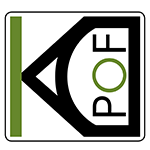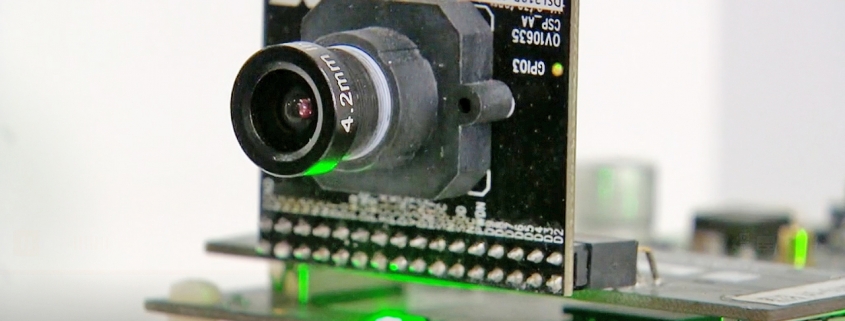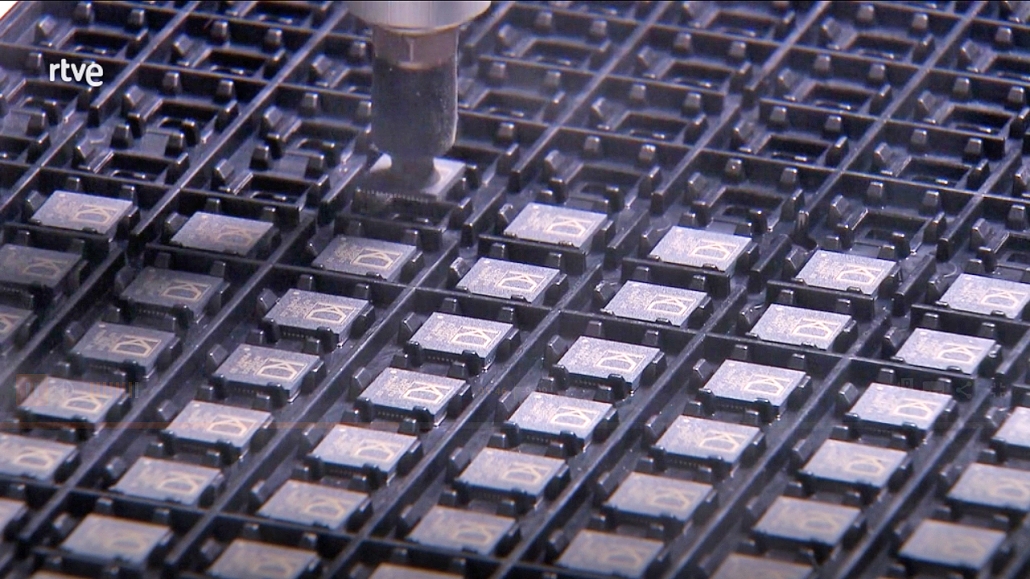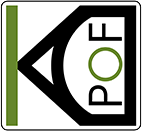KDPOF on TV: Plastic Fiber to Transmit Data at High Speed
TV Report by RTVE: We visited the Digital Enterprise Show 2021, a very special edition that addresses digital and technological transformation. Spanish company KDPOF has created a new technology to transmit data at high speed over plastic optical fiber.
(The part with KDPOF starts at app. 4:15)
Click on the button to load the content from secure-embed.rtve.es.
That is what’s proposed by KDPOF, a Spanish company capable of solving the problems of low quality, which until now this type of fiber had.
César Esteban, Applications & Support Manager of KDPOF: “The signal is digitally processed to adapt the signal to the characteristics of this fiber, which is not glass. It is plastic and has much worse characteristics as a means of communication than glass fiber.”
Plastic fiber is not new. Its great advantage over glass is its robustness. It can be bent, it can get wet, and it doesn’t interfere with other electrical signals, which is very good when there is a lack of space, for example as in cars.
César Esteban, Applications & Support Manager of KDPOF: “That it is much more robust in terms of folding, but also dynamic stresses. It can withstand bending up to five millimeters in diameter, right? In applications we can submerge the connectors, but even if water gets in the transmission, you see that it continues. It’s a really robust technology. The low weight, the low cost, the low power consumption of the technology.”
The problem with plastic fiber was, in the past, its low quality. What they do at KDPOF that is changing the uses of this technology is to process and adapt the transmitted signal thanks to their own microelectronic technology, despite the noise and distortions. Thanks to this chip they are able to transmit data at one gigabit speed and increasing.
Rubén Pérez de Aranda, CTO and Co-founder of KDPOF: “So we said, ‘Hey, this fiber is very bad and these light sources that are used to transmit the data are bad in terms of bandwidth and noise, but we know all the algorithmics that can be built.’ And, in fact, we are the first company in the world to have developed advanced systems for fiber optic communications. No one before had ever used such spectrally efficient modulations or such advanced decoding systems as we use in fiber optics. And, in fact, this has been the basis of what will be the future, because we are already developing the next generation for multi-gigabit that will allow cars to drive themselves. Because what we are is the nervous system of a car.”
From there, the uses of plastic fiber are unimaginable. In connected vehicles, they manage to solve the problem of signal interference on the one hand, and on the other they help to reduce the weight of cars.
Carlos Pardo, CEO and Co-founder of KDPOF: “You have, in addition, several computers in parallel. Because for redundancy issues and as it is a safety issue you need to connect the two computers, the amount of information that is moving in cars is rising exponentially and we are offering a very robust solution and, as I said, it is very light, at a very competitive price that really, well, is opening up the market for us in a tremendous way.”
Plastic fiber also solves a domestic problem for demanding users: high speed and low latency in all rooms.
Carlos Pardo, CEO and Co-founder of KDPOF: “The difference between always being dependent on, ‘I have coverage here. Wait for me to move half a meter,’ and when someone passes in front of me I lose the connection; to having a reliable connection where I can play games, where I can watch videos, where I can have meetings without any problems. It’s really life-changing.”
The possibilities offered by this technology, both in vehicles and in homes, offer a more than promising future to connect to every last corner at full speed.







